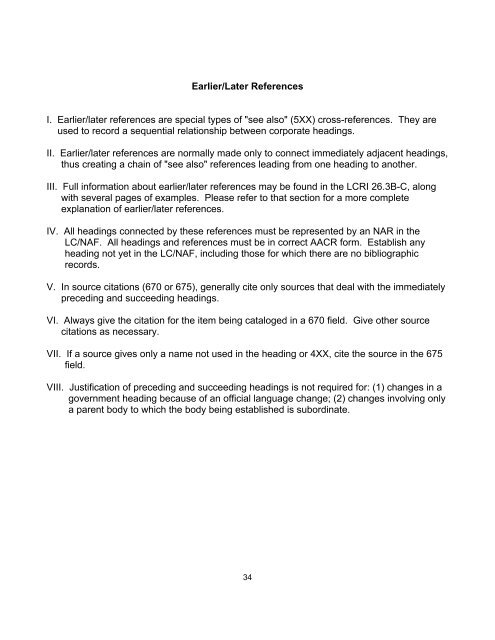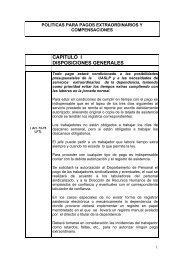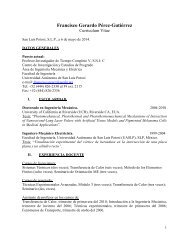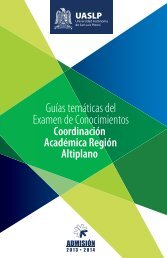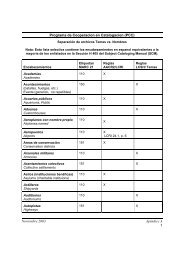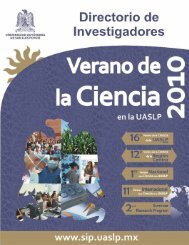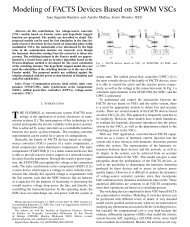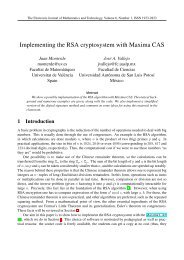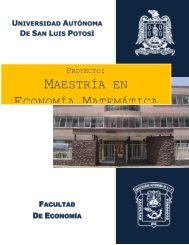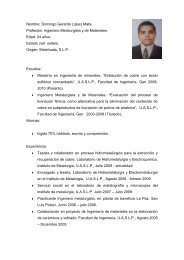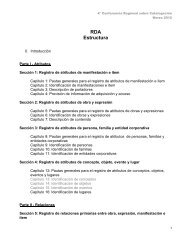NACO Participants' Manual -3rd Edition - Library of Congress
NACO Participants' Manual -3rd Edition - Library of Congress
NACO Participants' Manual -3rd Edition - Library of Congress
You also want an ePaper? Increase the reach of your titles
YUMPU automatically turns print PDFs into web optimized ePapers that Google loves.
Earlier/Later ReferencesI. Earlier/later references are special types <strong>of</strong> "see also" (5XX) cross-references. They areused to record a sequential relationship between corporate headings.II. Earlier/later references are normally made only to connect immediately adjacent headings,thus creating a chain <strong>of</strong> "see also" references leading from one heading to another.III. Full information about earlier/later references may be found in the LCRI 26.3B-C, alongwith several pages <strong>of</strong> examples. Please refer to that section for a more completeexplanation <strong>of</strong> earlier/later references.IV. All headings connected by these references must be represented by an NAR in theLC/NAF. All headings and references must be in correct AACR form. Establish anyheading not yet in the LC/NAF, including those for which there are no bibliographicrecords.V. In source citations (670 or 675), generally cite only sources that deal with the immediatelypreceding and succeeding headings.VI. Always give the citation for the item being cataloged in a 670 field. Give other sourcecitations as necessary.VII. If a source gives only a name not used in the heading or 4XX, cite the source in the 675field.VIII. Justification <strong>of</strong> preceding and succeeding headings is not required for: (1) changes in agovernment heading because <strong>of</strong> an <strong>of</strong>ficial language change; (2) changes involving onlya parent body to which the body being established is subordinate.34


